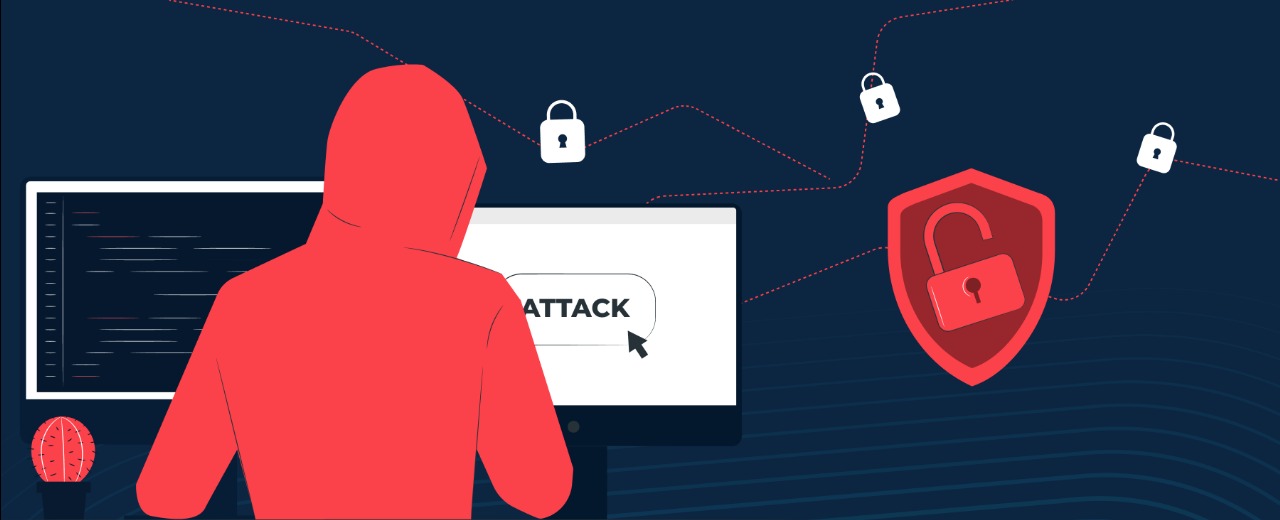Effective IT asset management (ITAM) is crucial for small and medium-sized businesses (SMBs) looking to maximize their technology investments and maintain operational efficiency. By keeping track of your IT assets, you can ensure they are used optimally, maintained properly, and replaced when necessary. Here’s a comprehensive guide to IT asset management for SMBs.
What is IT Asset Management?
IT Asset Management (ITAM) is the process of tracking and managing the life cycle of IT assets within an organization. This includes hardware, software, and network components from acquisition through to disposal. The goal is to optimize the value of these assets, reduce risks, and ensure compliance with various regulations.
Benefits of IT Asset Management
- Cost Savings: Proper ITAM helps in identifying underused or redundant assets, allowing for better resource allocation and cost savings. It also helps in avoiding unnecessary purchases.
- Improved Efficiency: With a clear view of all IT assets, businesses can ensure that they are utilized effectively, leading to improved operational efficiency.
- Compliance and Risk Management: ITAM ensures that all software licenses are up to date and compliant with vendor agreements, reducing the risk of costly fines and legal issues.
- Enhanced Security: Keeping track of IT assets helps in maintaining security updates and patches, ensuring that all devices and software are protected against vulnerabilities.
- Better Decision Making: Accurate data on IT assets enables better strategic planning and decision-making, allowing businesses to invest in technology that drives growth.
Key Steps in IT Asset Management
- Inventory Management: Create a comprehensive inventory of all IT assets, including hardware, software, and network components. Use asset management tools to automate the tracking process and ensure accuracy.
- Lifecycle Management: Track the lifecycle of each asset from acquisition, deployment, and maintenance to retirement. This helps in planning for replacements and upgrades.
- License Management: Keep track of all software licenses to ensure compliance and avoid over-licensing or under-licensing, which can lead to financial penalties.
- Maintenance and Support: Schedule regular maintenance and updates for all IT assets to ensure they remain functional and secure. This includes hardware repairs, software updates, and patch management.
- Disposal Management: Develop a plan for the safe and secure disposal of outdated or redundant IT assets. This helps in mitigating security risks associated with data breaches.
Best Practices for IT Asset Management
- Use Dedicated ITAM Software: Implement dedicated ITAM software to automate and streamline the tracking and management process. This reduces manual errors and improves accuracy.
- Establish Clear Policies: Develop and enforce clear policies for asset usage, maintenance, and disposal. Ensure that all employees are aware of these policies.
- Regular Audits: Conduct regular audits of IT assets to ensure accuracy in inventory and compliance with policies and regulations.
- Train Staff: Provide training for staff on the importance of ITAM and how to use asset management tools effectively.
- Monitor and Review: Continuously monitor and review the ITAM process to identify areas for improvement and ensure it remains aligned with business goals.
How IT Help Can Assist with IT Asset Management
IT Help offers comprehensive IT asset management services tailored to the needs of SMBs. Our team of experts will help you implement effective ITAM practices, from inventory management and lifecycle tracking to compliance and disposal. We use advanced tools and methodologies to ensure your IT assets are managed efficiently, helping you save costs, enhance security, and make informed decisions.
To learn more about our IT asset management services and how we can help your business, contact IT Help today at 551-777-HELP (4357) or via email at info@ithelpinc.com.






